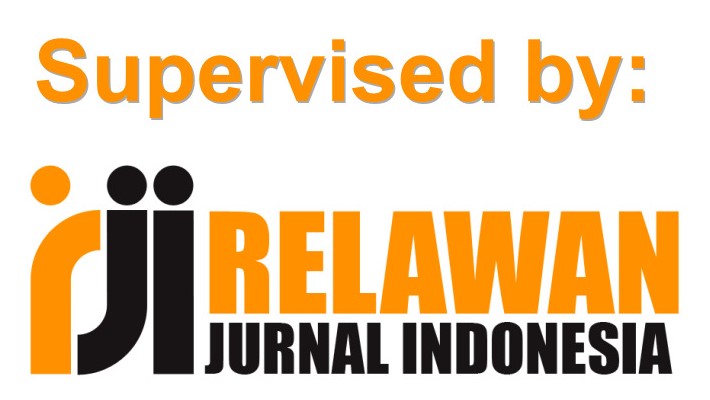Efektivitas Kompres Dingin Sebagai Terapi Non- Farmakologi Dalam Mengurangi Dismenore Pada Remaja Putri Di Smk Farmasi Majenang
DOI:
https://doi.org/10.55173/nersmid.v6i1.150Keywords:
Dysmenorrhea, Cold Compress, Adolescents.Abstract
Dysmenorrhea is a gynecological complaint due to an imbalance of the hormone progesterone in the blood, which most often causes pain in women. Dysmenorrhea also has an impact on infertility in women which causes a decrease in the quality of life for women. Treatment of dysmenorrhea can be done non-pharmacologically such as cold compresses which work by stimulating the surface of the skin to reduce pain. The aim of the study was to analyze the effectiveness of cold compresses as a non-pharmacological therapy in reducing dysmenorrhea in young women at Majenang Pharmacy Vocational School. This study used a pre-experimental design research type. The population in this study were all female students who experienced and complained of dysmenorrhea at Majenang Pharmacy Vocational High School, totaling 131 young women with a total sample of 19 people who were taken by purposive sampling method. Bivariate analysis using paired-sample t-test. The results of the study from 9 respondents that dysmenorrhea pain before being given cold compresses has an average of 6.42 with the lowest dysmenorrhea pain 3 and the highest dysmenorrhea pain is 10. Dysmenorrhea pain after being given cold compresses has an average of 2.37 with the lowest dysmenorrhea pain 0 and dysmenorrhea pain the highest was 6. There was an average decrease in pain after being given cold compress therapy by 4.053 and there was a difference in dysmenorrhea pain before and after being given cold compress non-pharmacological therapy with a p-value of 0.0001 (<0.05). Dysmenorrhea pain before being given a cold compress has an average of 6.42 and after being given a cold compress has an average of 2.37. There is a difference in dysmenorrhea pain before and after being given cold compress non-pharmacological therapy to Majenang Pharmacy Vocational High School students with a p-value of 0.0001.
Downloads
Published
Issue
Section
License
Copyright (c) 2023 Fatma Mustikaning Rohmah, Atika Nur Azizah

This work is licensed under a Creative Commons Attribution-ShareAlike 4.0 International License.








